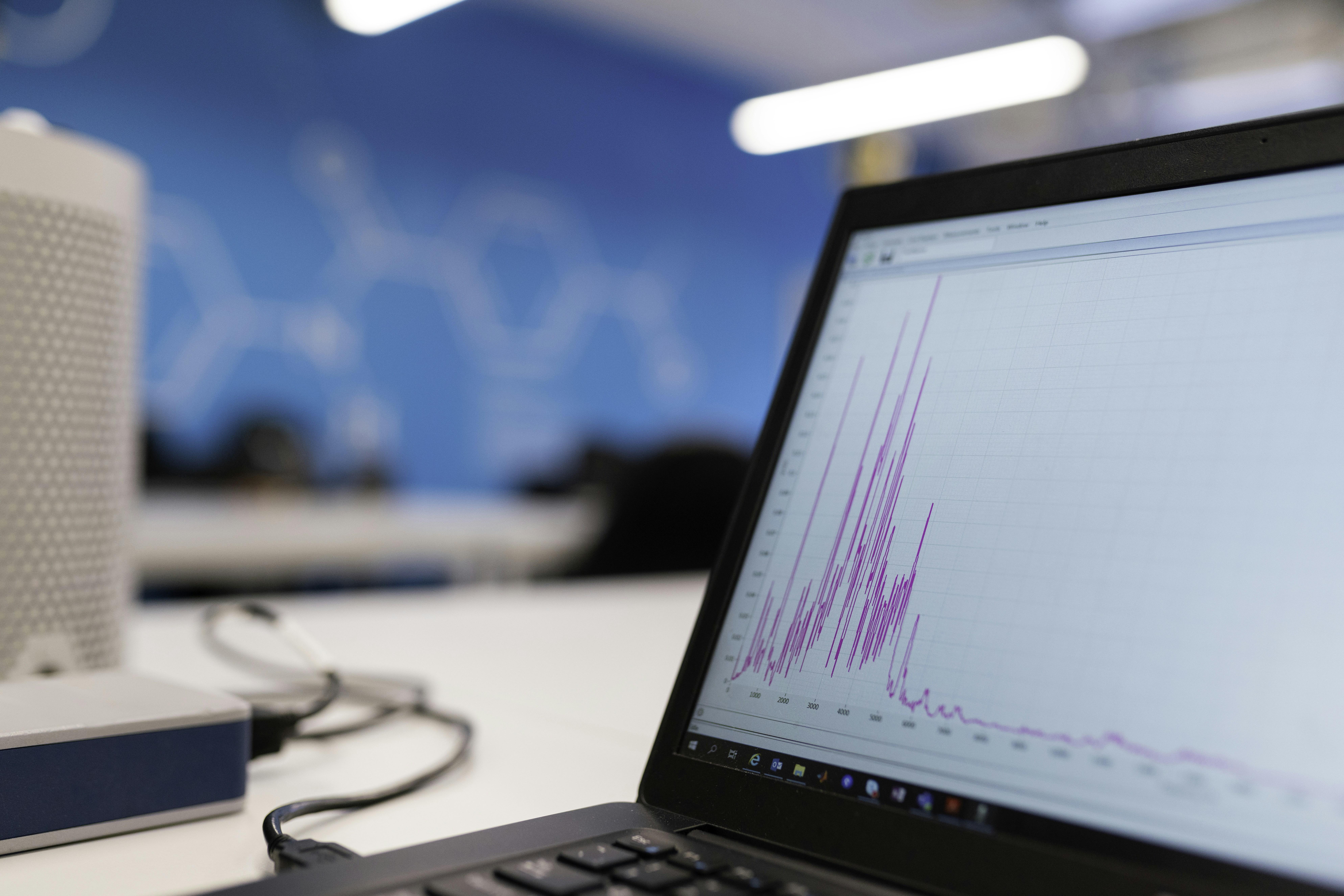In the rapidly evolving landscape of digital entertainment, streaming devices have become indispensable tools for accessing a vast array of content. However, as manufacturers continually roll out software updates to enhance functionality, security, and user experience, concerns have emerged about the potential impact of these updates on device performance. This article delves into the intricate relationship between software updates and streaming device efficiency, examining whether these updates contribute to a noticeable slowdown. By analyzing user experiences, technical specifications, and expert insights, we aim to provide a comprehensive understanding of the effects that software updates may have on the seamless streaming experience that users have come to expect.
Impact of Software Updates on Device Performance
As streaming devices continue to evolve, software updates play a crucial role in maintaining security, adding features, and improving user experience. However, these updates can sometimes lead to noticeable changes in device performance. Updates often require more processing power and memory, which older models may struggle to handle efficiently. This can result in slower response times, increased buffering, and lagging interfaces, impacting the overall user experience.
- Enhanced Features: New functionalities can demand more resources, taxing older hardware.
- Security Patches: Essential for protection, but may consume additional processing power.
- Bug Fixes: While resolving issues, they can inadvertently introduce new performance challenges.
Balancing the benefits of updates with potential performance impacts is key. Users might find it helpful to review update notes and assess whether the enhancements align with their needs, especially if their device is nearing the end of its lifecycle.

Analyzing the Technical Causes of Slower Streaming
Streaming performance can be impacted by several technical factors, particularly after a software update. One primary cause is the increased demand on system resources. Updates often include new features or enhancements that require more processing power and memory. This can strain older devices, resulting in slower performance.
- Background Processes: Updates may introduce additional background processes, consuming valuable CPU and RAM resources.
- Compatibility Issues: Newer software might not be fully optimized for older hardware, leading to inefficiencies.
- Network Demands: Enhanced features might require higher bandwidth, causing buffering if the internet connection can’t keep up.
Another factor is the potential for software bugs or glitches introduced during updates. These can disrupt the normal functioning of the device, affecting streaming speed. Regular patches are often necessary to address these issues, but until resolved, they can be a source of frustration for users.

Balancing New Features with System Efficiency
In the quest to remain competitive, streaming devices often receive updates that introduce new features. However, these enhancements can sometimes come at the cost of system efficiency. As developers integrate more sophisticated functionalities, the device’s hardware may struggle to keep pace, resulting in noticeable slowdowns.
- Increased Resource Demand: New features often require more processing power and memory, which can strain older hardware.
- Background Processes: Updates might introduce additional background tasks that consume resources, affecting overall performance.
- Compatibility Issues: Not all devices are optimized for the latest updates, leading to potential inefficiencies.
Balancing innovation with performance is crucial. While updates are essential for enhancing user experience, ensuring that they are tailored to the capabilities of existing devices can help maintain optimal functionality. A strategic approach to updates can mitigate slowdowns, keeping devices running smoothly.

Recommendations for Maintaining Optimal Streaming Speeds
- Regular Software Updates: Ensure your streaming device is consistently updated. While updates can sometimes introduce temporary slowdowns, they often include essential performance improvements and security patches that enhance long-term functionality.
- Optimize Network Settings: Check your internet speed and consider upgrading your plan if necessary. Additionally, ensure your router’s firmware is current, and place the device close to the router to minimize interference.
- Limit Background Applications: Streaming devices can become sluggish if too many apps run simultaneously. Regularly close unused applications and consider uninstalling those you no longer need.
- Clear Cache Regularly: Over time, cached data can accumulate and slow down performance. Regularly clearing the cache on your streaming device can help maintain optimal speeds.
- Use Ethernet Connection: If possible, connect your streaming device directly to your router using an Ethernet cable. This can provide a more stable and faster connection compared to Wi-Fi.



